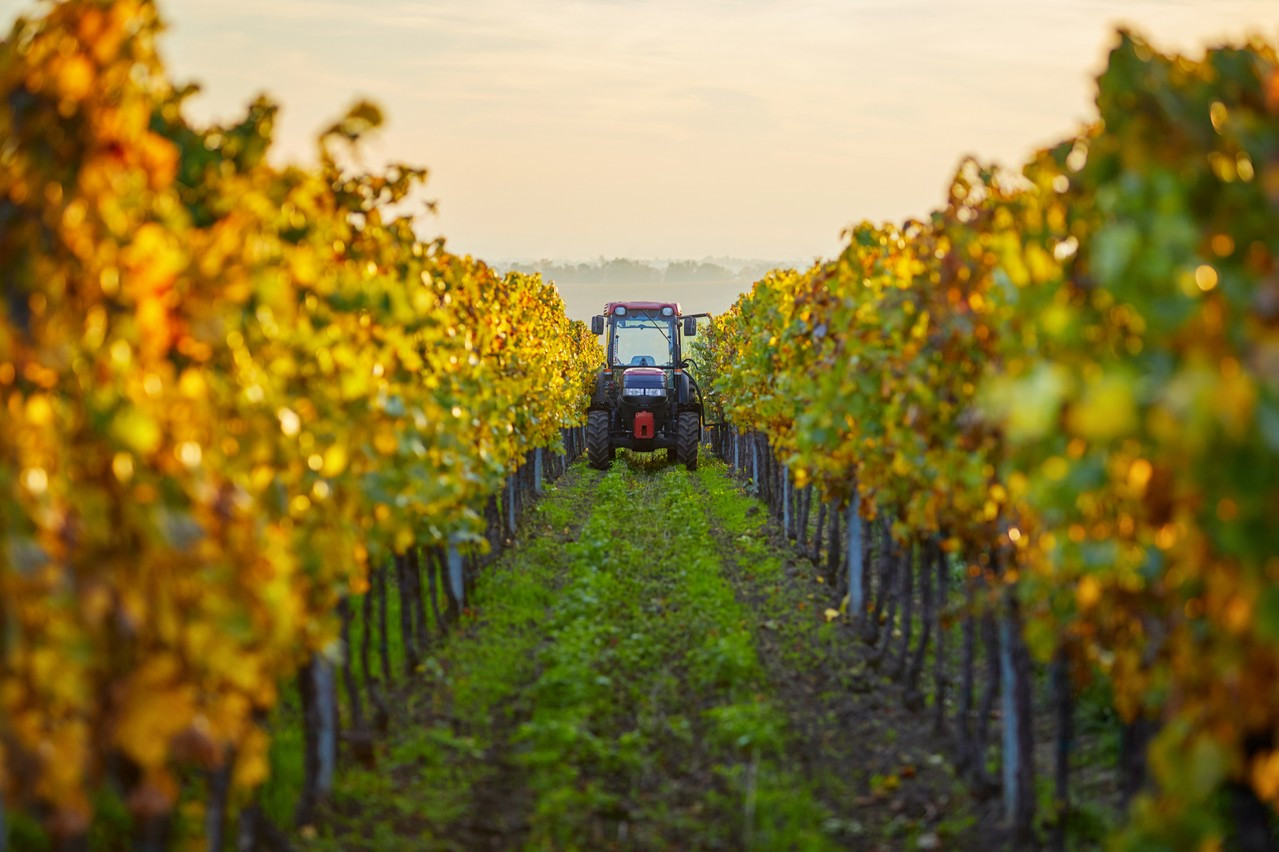That's according to a report published on Tuesday by AgriMeteo, the state weather service of the Administration of Technical Agricultural Services (ASTA), which analysed weather between 1 September and 31 November 2020, as well as repercussions for agriculture and viticulture.
The highest temperature ever recorded in September was measured in Steinsel at 35.2°C on 15 September, whereas another record temperature was recorded on 2 November at 21.8°C in Remerschen. An average increase of 1.3°C made this past autumn the fifth warmest since 1838.
As for rainfall, September was average whereas October was above the values of the reference period and November was a very dry month for the entire grand duchy.
This low rainfall, combined with the high temperatures in August and September, prompted the corn harvest to take place earlier than usual. Although yields and quality of the crops varied locally, the yield losses due to drought amounted to a national average of around 30%. The same goes for certain other arable crops that were equally affected by the dry period.
However, the autumn weather between September and November had a favourable effect on the development of winter cereal stocks.
Viticulture experienced a mixed period. High temperatures in August and September resulted in optimal ripening of grapes. However, although the dry weather prevented the growth of fungal diseases such as botrytis, it caused drought stress in young vines.
